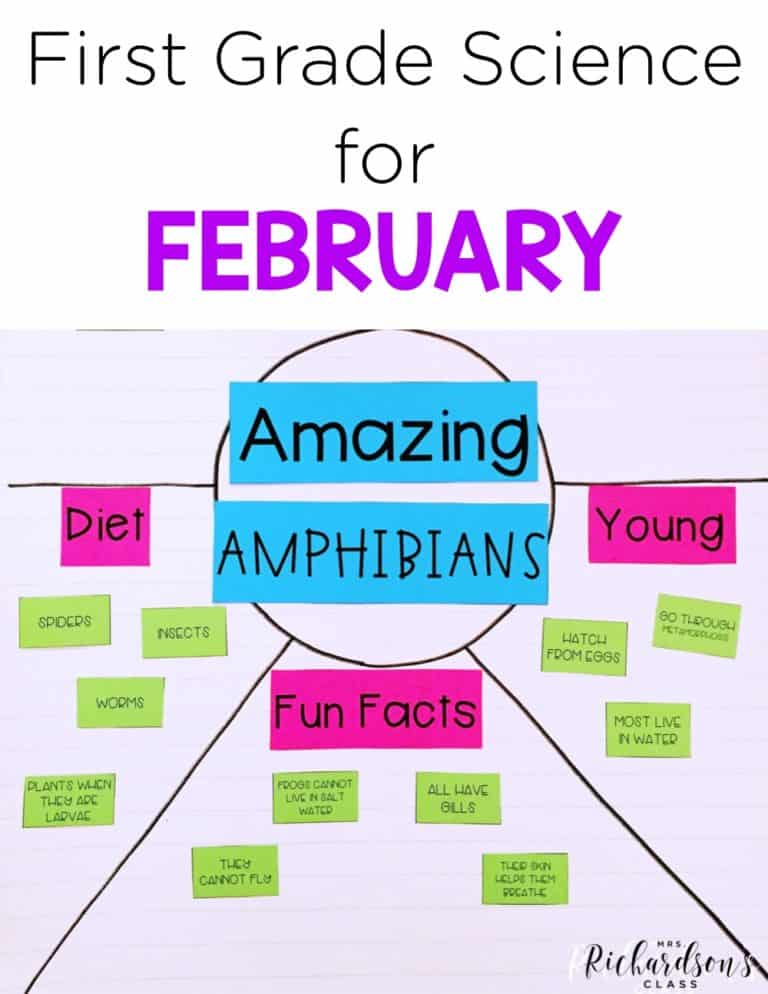

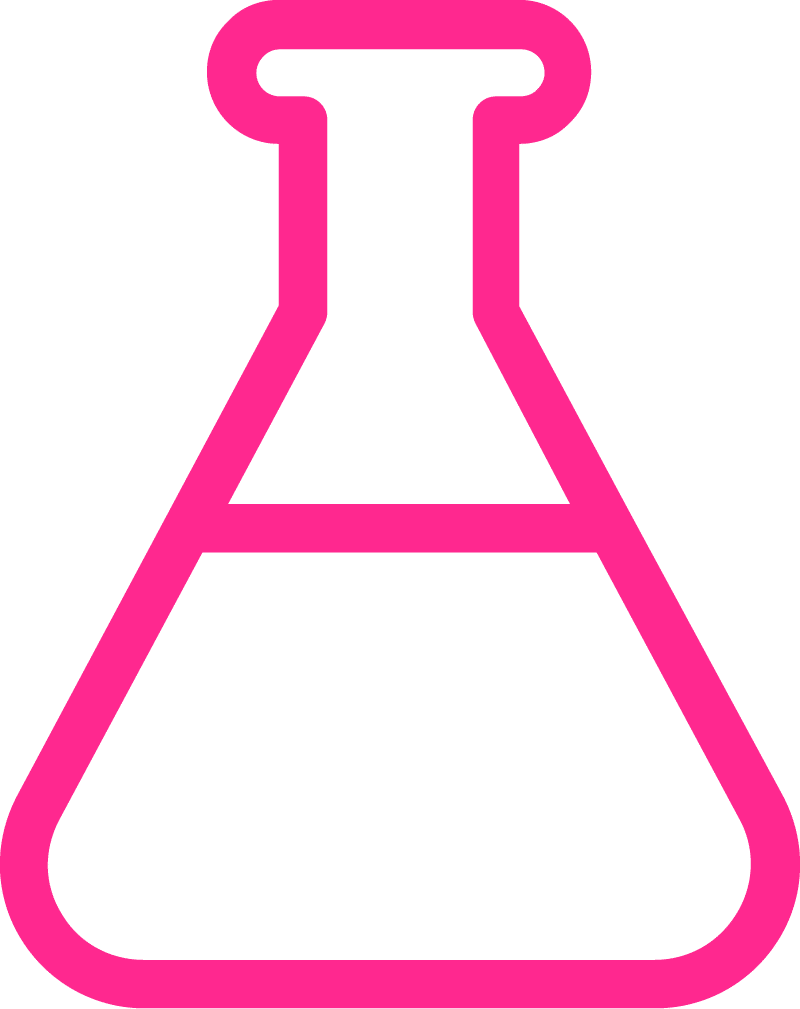
Fall is the perfect time to bring hands-on science into the classroom, and pumpkins offer a fun, seasonal way to excite your students about learning. With this change in season comes a change in our science standards here in Texas this year. One of the significant changes is the word “phenomenon” being added to the curriculum. A phenomenon is anything happening in the world that we can explain, predict, measure, or observe. As we work to grow our little scientists, we want them to see firsthand that science goes BEYOND the classroom. Science is everywhere around us! In this pumpkin science experiment, we’ll explore the pumpkin phenomenon that pumpkins float!
I liked to start by taking some time to explore the pumpkin as a class. It would be great to bring in different sizes, textures, and colors, too! Have your kids work at their table groups. Give each student a chance to observe the outside of a pumpkin using a hand lens.
Ask them questions like:
This is a great opportunity to introduce vocabulary related to plants. Label the stem, skin, and other parts of the pumpkin.
Now for the exciting part! Simply tell the kids, “Pumpkins float!”, and be prepared for a face of SHOCK! At least that’s what happened here! They will not believe you!
Gather a tub or container, pumpkins, and various other objects. I used:
Fill a large container with water and place the pumpkin in. Let the kids observe! They will immediately want to try the second pumpkin. Let them! You want THEM to drive this exploration as they explore this pumpkin phenomenon.
Most pumpkins, even small ones, tend to float because of their hollow structure inside. I asked several guiding questions to get the wheels spinning!
Students can record their predictions and/or results in a science journal.
You can take this one step further and cut open the pumpkin if you’d like! Before cutting, ask students to make predictions: What do they think is inside the pumpkin? What did they learn from their investigation earlier? Will it be solid or hollow? Why do they think this?
After cutting the pumpkin, let students examine the inside. Allow them to observe and name the parts they see. Seeds, pulp (sometimes called “guts”), and flesh (the part we eat!) are all parts of the inside.
Encourage students to have conversations about the inside! You can ask questions like:
You want to encourage them to think about density and how an object’s structure impacts its ability to float. During this whole pumpkin science experiment, we are teaching about buoyancy. Plus, they’ll have a blast playing with pumpkins!
For more fun pumpkin activities, including this very experiment and additional hands-on science activities, check out my Pumpkin Science Bundle! It’s packed with engaging, fall-themed learning experiences perfect for your little learners.
This pumpkin science experiment is a fantastic way to include pumpkin phenomenon into the classroom while fostering scientific curiosity in your students!
pin it
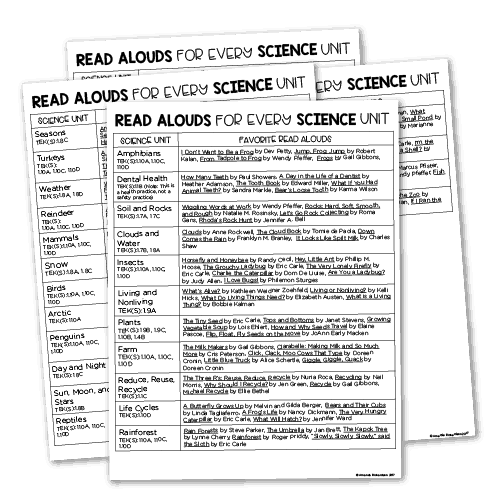
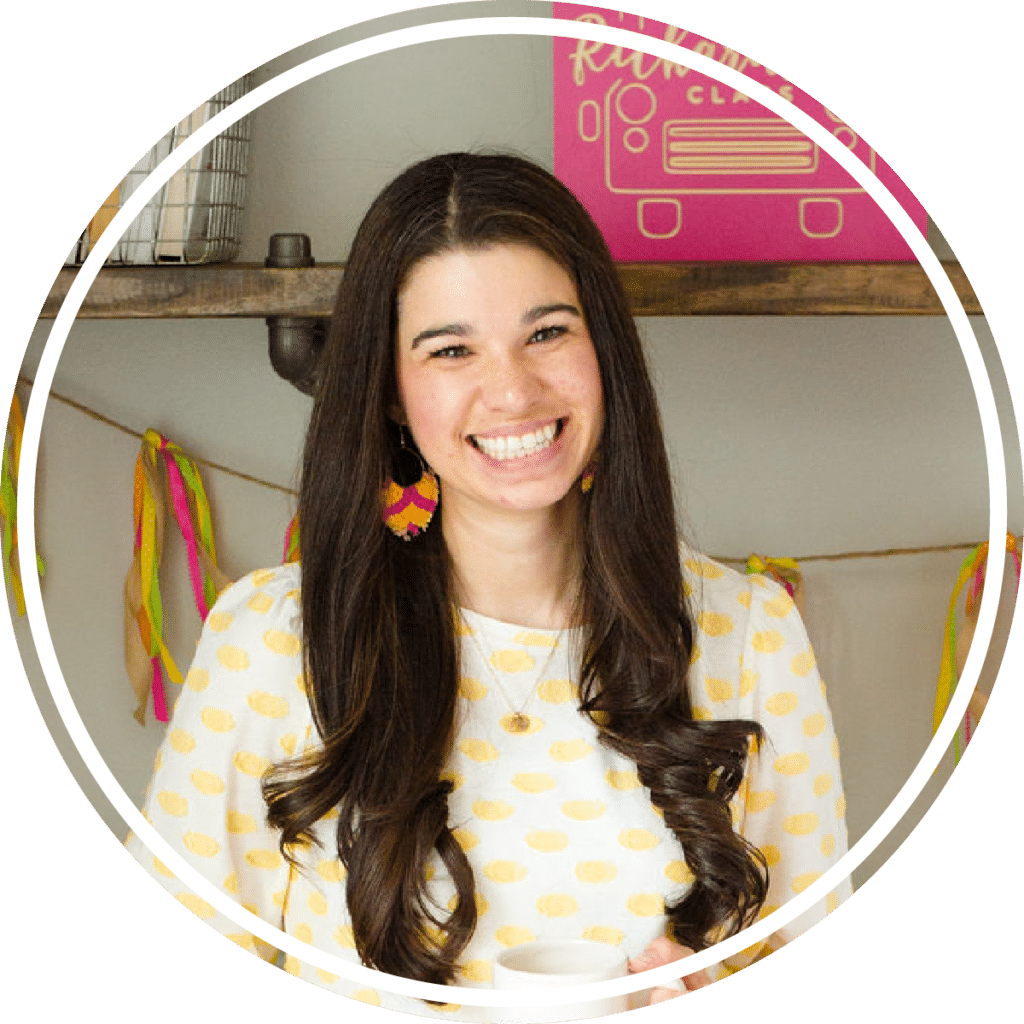
I’m a K-1 teacher who is passionate about making lessons your students love and that are easy to implement for teachers. Helping teachers like you navigate their way through their literacy block brings me great joy. I am a lifelong learner who loves staying on top of current literacy learning and practices. Here, you’ll find the tools you need to move your K-2 students forward!
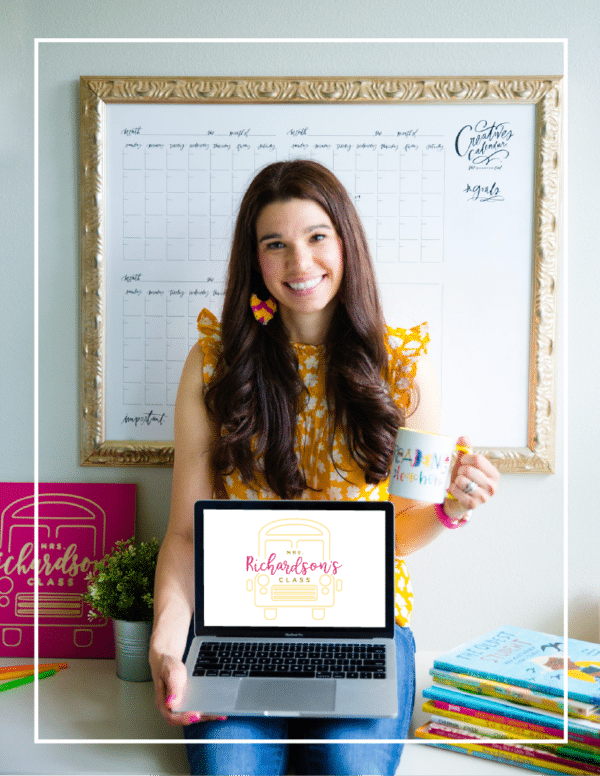
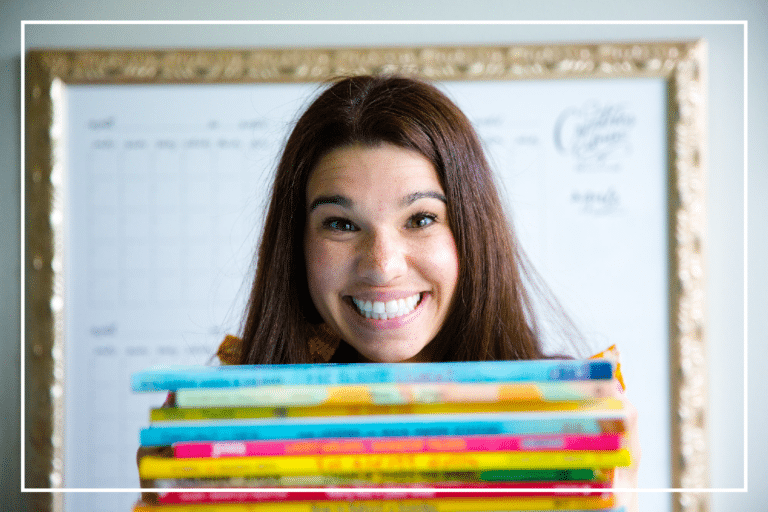
| Cookie | Duration | Description |
|---|---|---|
| cookielawinfo-checkbox-analytics | 11 months | This cookie is set by GDPR Cookie Consent plugin. The cookie is used to store the user consent for the cookies in the category "Analytics". |
| cookielawinfo-checkbox-functional | 11 months | The cookie is set by GDPR cookie consent to record the user consent for the cookies in the category "Functional". |
| cookielawinfo-checkbox-necessary | 11 months | This cookie is set by GDPR Cookie Consent plugin. The cookies is used to store the user consent for the cookies in the category "Necessary". |
| cookielawinfo-checkbox-others | 11 months | This cookie is set by GDPR Cookie Consent plugin. The cookie is used to store the user consent for the cookies in the category "Other. |
| cookielawinfo-checkbox-performance | 11 months | This cookie is set by GDPR Cookie Consent plugin. The cookie is used to store the user consent for the cookies in the category "Performance". |
| viewed_cookie_policy | 11 months | The cookie is set by the GDPR Cookie Consent plugin and is used to store whether or not user has consented to the use of cookies. It does not store any personal data. |


